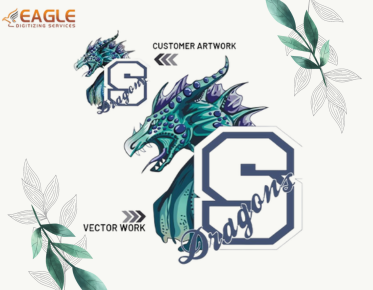Understanding Screen Printing: A Comprehensive Guide
html
Screen printing, also known as silkscreen printing, is a versatile and widely used printing technique that involves transferring ink onto a substrate through a mesh screen. This method is popular for its ability to produce vibrant colors and durable prints on a variety of materials, including textiles, paper, and plastics. The process is both an art and a science, requiring precision and creativity to achieve the desired results.
The History and Evolution of Screen Printing
Screen printing has a rich history that dates back to ancient China, where it was initially used for printing patterns on fabric. Over the centuries, the technique spread to other parts of Asia and eventually to Europe. The modern form of screen printing began to take shape in the early 20th century, with the development of new materials and techniques that allowed for more detailed and colorful prints. Today, screen printing is a staple in the world of art, fashion, and commercial printing, thanks to its adaptability and effectiveness.
The Screen Printing Process
1. Preparing the Screen
The first step in screen printing is preparing the screen, which involves stretching a fine mesh fabric over a frame. The mesh is then coated with a light-sensitive emulsion, which hardens when exposed to light. A design is transferred onto the screen by blocking out areas where ink should not pass through, creating a stencil.
2. Setting Up the Printing Station
Once the screen is ready, it is placed on a printing press. The substrate, such as a t-shirt or poster, is positioned beneath the screen. The press holds the screen in place and allows for precise alignment of the design with the substrate.
3. Applying the Ink
Ink is applied to the top of the screen and spread across the mesh using a squeegee. The squeegee presses the ink through the open areas of the stencil, transferring the design onto the substrate. Multiple screens can be used for multi-color designs, with each screen applying a different color.
4. Curing the Print
After printing, the ink must be cured to ensure durability. This is typically done using heat, which sets the ink and makes it resistant to washing and wear. The curing process is crucial for achieving a long-lasting print that maintains its vibrancy over time.
Applications of Screen Printing
Screen printing is used in a wide range of applications, from creating custom apparel and promotional products to producing fine art prints and signage. Its ability to print on various materials makes it a preferred choice for many industries. Additionally, screen printing is often used in conjunction with other techniques, such as vector graphics, to enhance the quality and detail of the final product.
Advantages and Challenges of Screen Printing
Advantages
One of the main advantages of screen printing is its ability to produce vibrant and opaque colors, even on dark substrates. The technique is also highly versatile, allowing for printing on a wide range of materials and surfaces. Additionally, screen printing is cost-effective for large production runs, making it ideal for commercial applications.
Challenges
Despite its many benefits, screen printing also presents some challenges. The setup process can be time-consuming, especially for multi-color designs that require multiple screens. Additionally, the technique is less suitable for small production runs due to the initial setup costs. Achieving fine details can also be challenging, as the mesh screen limits the resolution of the print.
Future Trends in Screen Printing
As technology continues to advance, the screen printing industry is evolving to incorporate new materials and techniques. Digital printing technologies are being integrated with traditional screen printing methods to enhance efficiency and expand creative possibilities. Moreover, the demand for sustainable and eco-friendly printing solutions is driving innovation in the development of new inks and substrates.
In conclusion, screen printing remains a vital and dynamic printing method that continues to adapt to the changing needs of the market. Whether used for artistic expression or commercial production, screen printing offers a unique combination of creativity and precision. As the industry evolves, it will be exciting to see how new technologies and trends shape the future of this timeless technique. Eagle Digitizing excels in delivering professional vector art services, transforming creative visions into scalable designs.


.png)
.png)